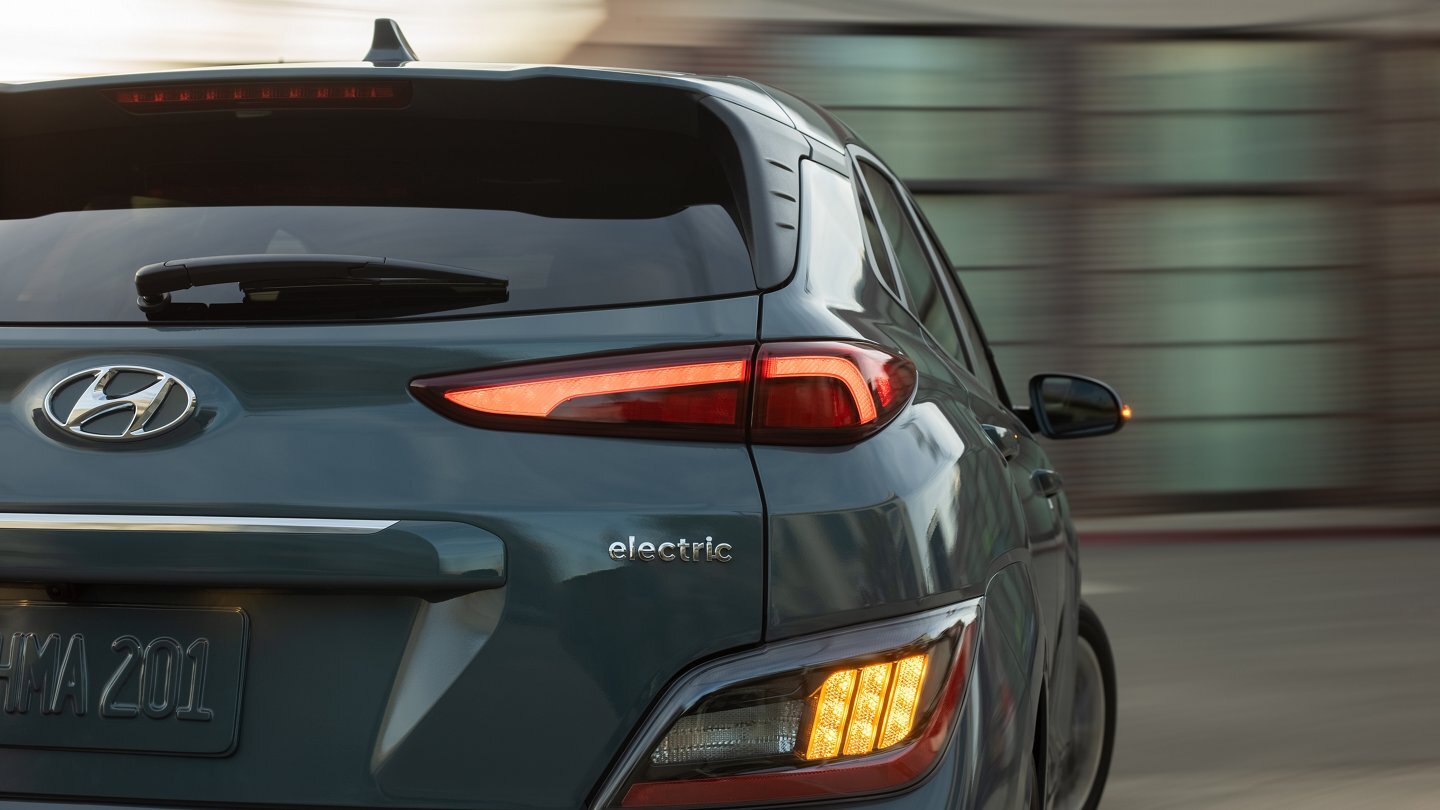As you depress the accelerator on the Hyundai Kona EV, the woosh of the engine seems to fill the cabin, until the brain learns to tune it out.
The smooth dispatch of power propels the little blue Smurf mobile I’m in with ease. Like many electric vehicles out there, it’s less about the ride, and more about the convenience, functionality and the general spirit of not spewing fumes and saving the planet.

That said, it’s not that the Kona is devoid of character. When you turn on the lights at home, you don’t marvel at its instantaneous effect, rather you’d be impressed by how the chandelier looks, and maybe less so by how a light bulb presents itself. But you do appreciate the light provided.
In the same light, the Kona delivers functionality that has to measure up to the competition.

The enhanced version of the sub-compact SUV comes in three versions: standard; with a sunroof; and at the top end, a sunroof with a long-range battery.
Range, is one of those issues that EVs have to contend with. Some earlier models lost favour because they didn’t have impressive range numbers, even if there was no real need for long-distance travel. But if they can have it, the customers want it, so battery technology continues to improve on performance.

Charging time is another deal-breaker for EVs, especially in built-up high-rise environments. The Kona can be charged to 80% in 47 minutes using a 100 kW DC fast charger. The AC charger could take up to 6 hours for a 39.2 kWh battery, or more than 9 hours for the 65 kWh version.
As Singapore improves its network of charging options, the demand may rise, though the prices of EVs remain high. But that goes for any cars in Singapore.

As a newbie, the Kona, released in 2018, has done well for Hyundai, selling over 120,000 units in two years and winning several awards.
This update features cosmetic changes like headlamps that stretch around the side of the car, which makes the absence of a grille even more noticeable, and not necessarily in a good way.

At the rear, the horizontally stretched rear LED lamps seem to add a layer of fussiness to the small car, with the dual levels of lights and other horizontal design elements.
The two versions of the battery offer varying power outputs and ranges, but both deliver 395Nm of torque.
The long-range version has a 64 kWh battery and the electric motor whips out 150 kW of power, which brings the Kona from standstill to 100 kmh in under 8 seconds, and on to a maximum speed of 167 kmh.

The 39.2 kWh battery is paired with a motor that delivers 100 kW and delivers the century sprint in just under 10 seconds, going on to a top speed of 155 kmh.
These aren’t fantastically fast times, hence the need for some acoustic accompaniment to create the right impression. So, that woosh will initially distract you from the fact that there are faster EVs out there, but after a while, the practical elements of the Kona and the price tag — *$145,000 to *$170,000 depending on the model — may help reach an eventual decision.

The plastics in the cabin are functional, and little effort has been made to make the environment less utilitarian.
The push-button drive controls take some getting used to, accustomed as we are to a gear shift, but it flattens the profile of the centre console, so you don’t have to navigate a protrusion as you slip your smartphone into the wireless charging slot.

Paddle shifters work with the battery to simulate dropping gears, though it only works in three steps, but that is enough to do what is required. The drive modes allow you to engage in one-pedal driving, or operate the Kona like you would a car with a petrol engine, so it isn’t too alien for you.
The drive is not silent since external noises do penetrate the cabin. The sound system, paired via your smartphone, will help in this regard, but shouldn’t have to.

The range of SmartSense safety features onboard the Kona is as expected as the push towards autonomous driving continues for all brands, especially when it comes to electric vehicles.
Various collision avoidance features, smart cruise control, lane following and safe exit warning are among the safety features that keep occupants out of harm’s way.

For those in search of a smart little EV that delivers a steady performance, the Kona standard with sunroof reviewed here does a good job. Just that it’s got a lot of competition from other brands, which may make standing out, a bit difficult.

Specifications
Motor: Permanent Magnet Synchronous Motor
Transmission: Single speed reduction gear
Battery capacity: 39.2 kWh
Max output: 100 kW
Max torque: 395 Nm
0-100 kmh: 9.9 seconds
Top speed: 155 kmh
Drive range: 305 km
Energy consumption: 13 kWh/100 km
Gross weight: 1,535 kg
Length: 4,205 mm
Width: 1,800 mm
Height: 1,570 mm
VES banding: A1
*Confirm price with dealer

